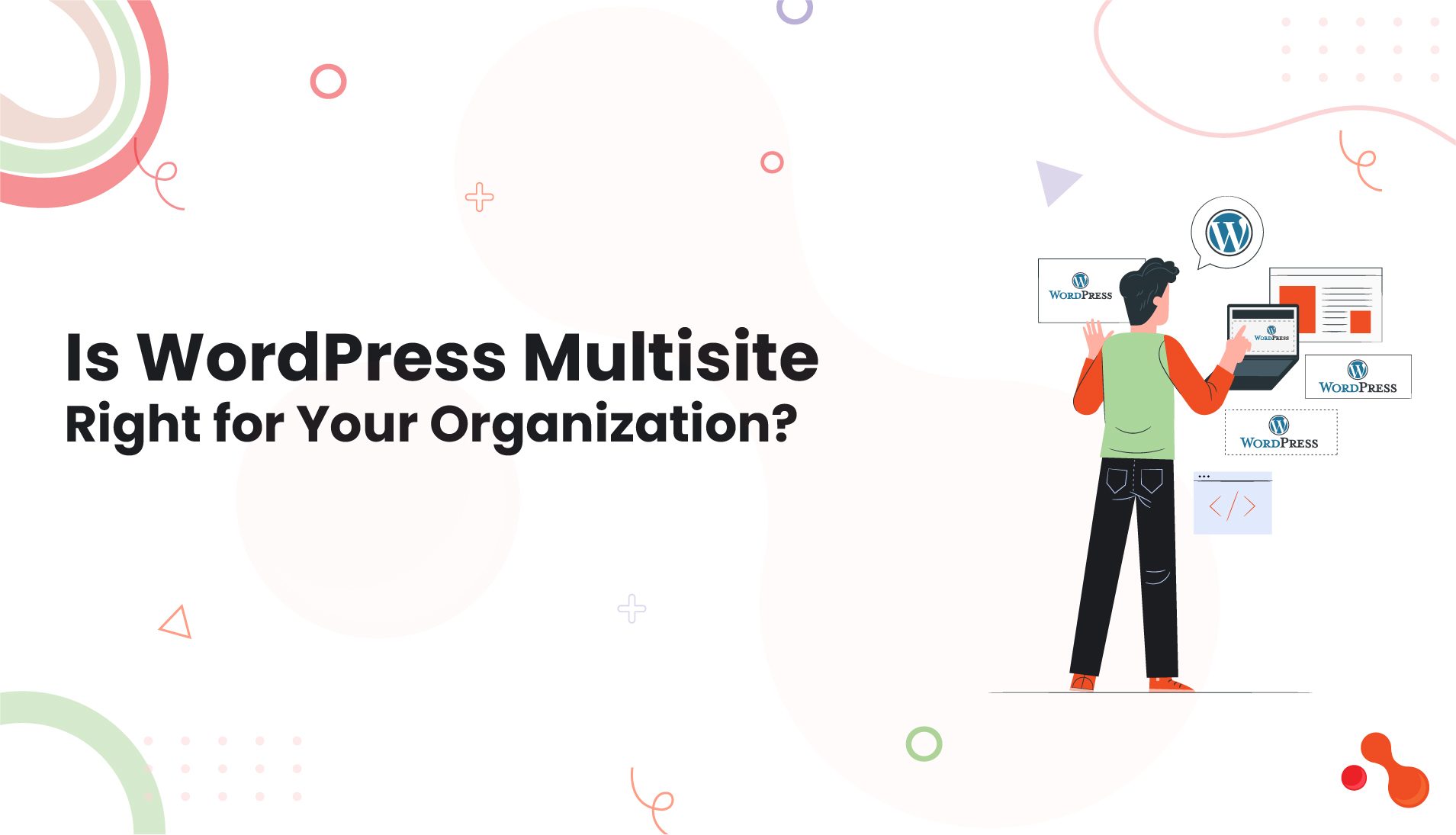In today’s digital-first world, content is no longer just a marketing add-on — it’s a core business asset. Yet, many businesses create content without a clear plan, which often leads to wasted time, poor engagement, and minimal results.
If you’re wondering how to build a content marketing strategy that actually works, this guide will take you step by step through the process — helping you create content that drives traffic, builds authority, and converts leads into customers.
1. Start with Clear Business Goals
Before creating a single piece of content, define what you want to achieve. Do you want to:
-
Increase website traffic?
-
Generate qualified leads?
-
Build brand awareness?
-
Improve customer retention?
Clear goals allow you to align your content efforts with measurable business outcomes — not just vanity metrics like likes and shares.
2. Know Your Audience (Really Well)
Effective content speaks directly to the needs, challenges, and questions of your audience. Create buyer personas that represent your ideal customers. Consider:
-
Job title and industry
-
Key pain points
-
Buying triggers
-
Preferred content formats (blogs, videos, guides, etc.)
When you understand your audience deeply, you can create targeted content that resonates — and performs.
3. Conduct a Content Audit
If you’ve already published content, assess what’s working and what’s not. A content audit helps you:
-
Identify top-performing content to repurpose
-
Find content gaps where you’re missing key topics
-
Remove or update outdated posts
Tools like Google Analytics, SEMrush, or Ahrefs can help you evaluate content performance by traffic, bounce rate, time on page, and conversions.
4. Choose the Right Content Channels
Where should your content live? It depends on where your audience spends their time. Common channels include:
-
Blog (for long-form SEO content)
-
Social media (for distribution and engagement)
-
Email newsletters (for nurturing leads)
-
YouTube or TikTok (for visual content)
Pick a few key channels and be consistent. Focus on quality and depth over quantity.
5. Develop a Content Calendar
A strategic content calendar ensures consistency, eliminates guesswork, and helps you stay focused on goals. It should include:
-
Topics mapped to stages of the buyer journey
-
Publication dates
-
Target keywords
-
Assigned writers/designers
-
Distribution plans
Tip: Use a project management tool like Trello, Notion, or Airtable to organize your calendar efficiently.
6. Create High-Value, Search-Optimized Content
Write for humans, optimize for search engines. This means:
-
Answering specific questions your audience is searching for
-
Using keywords naturally (including long-tail phrases)
-
Structuring content with clear headings, bullet points, and internal links
-
Including CTAs (calls to action) to move readers down the funnel
Long-form content (1,000+ words) often performs better in SEO and positions your brand as a trusted resource.
7. Promote and Distribute Your Content
Even the best content won’t perform if no one sees it. Amplify your reach by:
-
Sharing on social media platforms
-
Sending it to your email list
-
Reaching out to influencers or partners for backlinks
-
Repurposing it into videos, infographics, or carousels
Strategic promotion is just as important as content creation.
8. Track Performance and Optimize
Content strategy is never “set and forget.” Review performance regularly using tools like Google Analytics, HubSpot, or social insights.
Track key metrics like:
-
Organic traffic
-
Bounce rate
-
Time on page
-
Conversion rate
-
Engagement (comments, shares)
Use this data to refine your topics, formats, and messaging over time.
9. Consider Working with a Content Marketing Agency
If you’re overwhelmed by the time and resources required to create and manage high-performing content, partnering with a content marketing agency can be a smart investment. They bring proven strategies, skilled writers, and SEO know-how — so your content works harder for your business from day one.
Final Thoughts
Building a content marketing strategy that actually works isn’t about chasing trends — it’s about aligning every piece of content with clear goals, deep audience insights, and consistent execution. Whether you’re just getting started or looking to refine your current approach, the steps above can guide you to content success.
Need help scaling your content efforts? Consider reaching out to a trusted partner who can build and execute a full-funnel content strategy tailored to your business.













